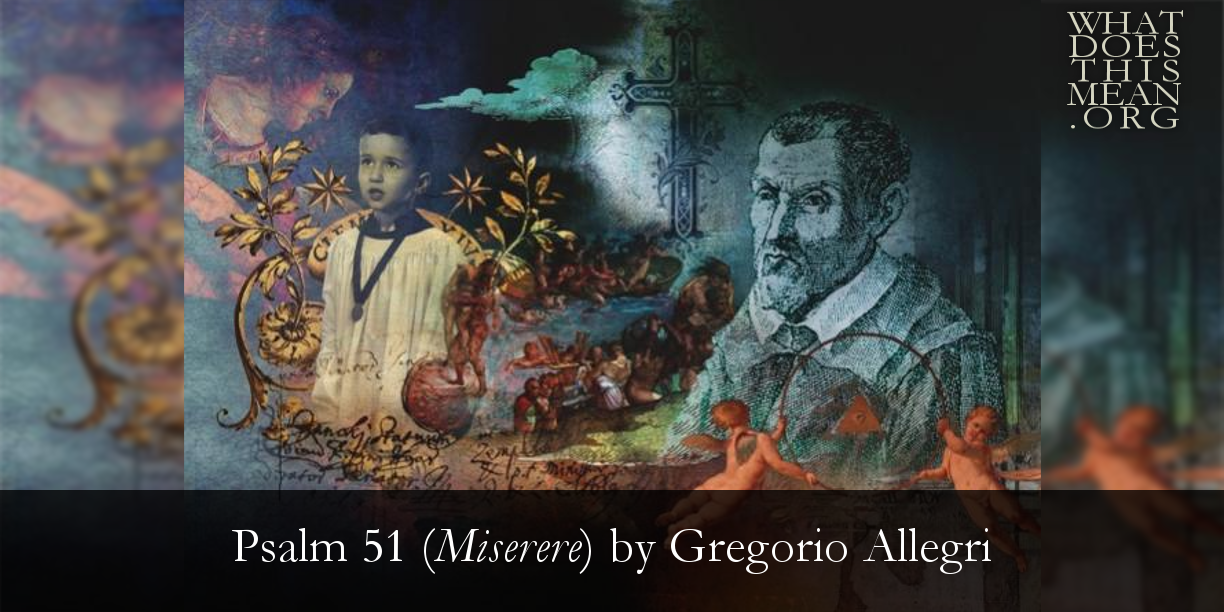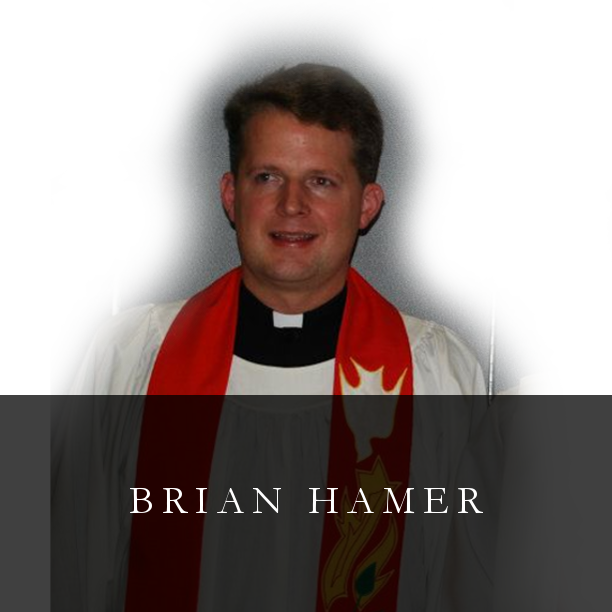may be, finds psalms and words in it that fit his situation. . .
Considering the prominence of Psalm 51 in both the public and prayer lives of thousands of penitents, perhaps it should not surprise us that many theological terms that shape our vocabulary have their first origin in this Psalm. Neale notes that the Kyrie Eleison is at the beginning of the Psalm (Miserere mei Deus in Latin); the “clean heart”; the “broken and contrite heart”; the sinner “shall be converted”; and of course, what Neale describes as “the first faint foreshadowing of one of the foundation truths of the Catholic faith,” the Holy Spirit. Neale also identifies the incarnation, the calling of the Gentiles, original and actual sin, the nature and effect of preaching, justifying and sanctifying grace, the atonement, the Institution of the Church, and the Mission of the Holy Ghost (Commentary on the Psalms, II:182). In short, here you have a remarkable compendium of the entire Christian faith so comprehensive that, according to Neale, a certain Alfonso de Tostado (dates uncertain) published a commentary devoted exclusively to Psalm 51 that embraces some 1,200 pages!
The history of Allegri’s setting of Psalm 51 is almost as intriguing as the liturgical heritage of Psalm 51. Allegri wrote the work for the Good Friday service of Tenebrae, the Good Friday service of darkness, adorned with gradually extinguishing candles. The Papacy, recognizing the exceptional quality of the music, treated the choral folio the same way they treat their finances and their innumerable scandals— in absolute secrecy and extreme paranoia, even forbidding the score to leave the confines of the Sistine Chapel, supported by threats of severe punishments. So how did the music that you are about to hear escape the notorious secrecy and security of the Vatican? As the story goes, a fourteen-year-old boy named Wolfgang Amadeus Mozart (1756-1791) worshipped in the Vatican and was so captivated by the following music that he transcribed it from memory:
The structure Allegri’s Miserere is probably easier to follow in the next video, which includes the score. A five-part choir sings the first verse in 12 measures of music (00:00—1:00 in the following video). A small group of men sing the next Psalm verse as a single line of chant (1:00—1:15). Then a small choir, usually placed at a distance from the larger choir, sings 12 more measures of music (1:15—2:07). This alternation between five-part choir (SSATB), four-part choir (SSAB, “Choir II”), and a simple chant (usually sung by 2-3 men) continues throughout the Psalm, following the Latin versification of the Psalm. The pattern is briefly broken at the end of the Psalm (“then bulls will be offered on your altar”) when both choirs join together, usually singing from opposite ends of the church (11:25—12:03). There is no Gloria Patri, which might have been intentionally omitted for a day of repentance.
Allegri’s Miserere is fitting for Ash Wednesday and the subsequent season of Lent, for any service of corporate confession and absolution, and for any occasion for individual confession, especially as preparation for confession. Those who are fortunate enough to live in metropolitan areas with rich musical resources will no doubt have the periodic opportunity to hear a professional performance in a vibrant acoustic, as demonstrated in the videos in this column. If nothing else, the Miserere by Gregorio Allegri is an absolute must for one’s personal music listening library. In penitential reflection on this Psalm, the faithful learn both what sin is and how they are freed from it in Christ alone. The following Psalm-prayer, attributed to the Mozarabic liturgy, summarizes the petitions of the all saints, in whatever situation they may be:
| O Lord Jesus Christ, God of our salvation, who by Thy salutary Passion dost extinguish all our evil passions; give to us Thy servants forgiveness of sins and remission of our guilt, to the end that from Thee, O Lord, we may one day receive eternal life; who livest and reignest with the Father and the Holy Ghost, ever one God, world without end. Amen. (The Brotherhood Prayer Book, p. 208) |



 RSS Feed
RSS Feed
